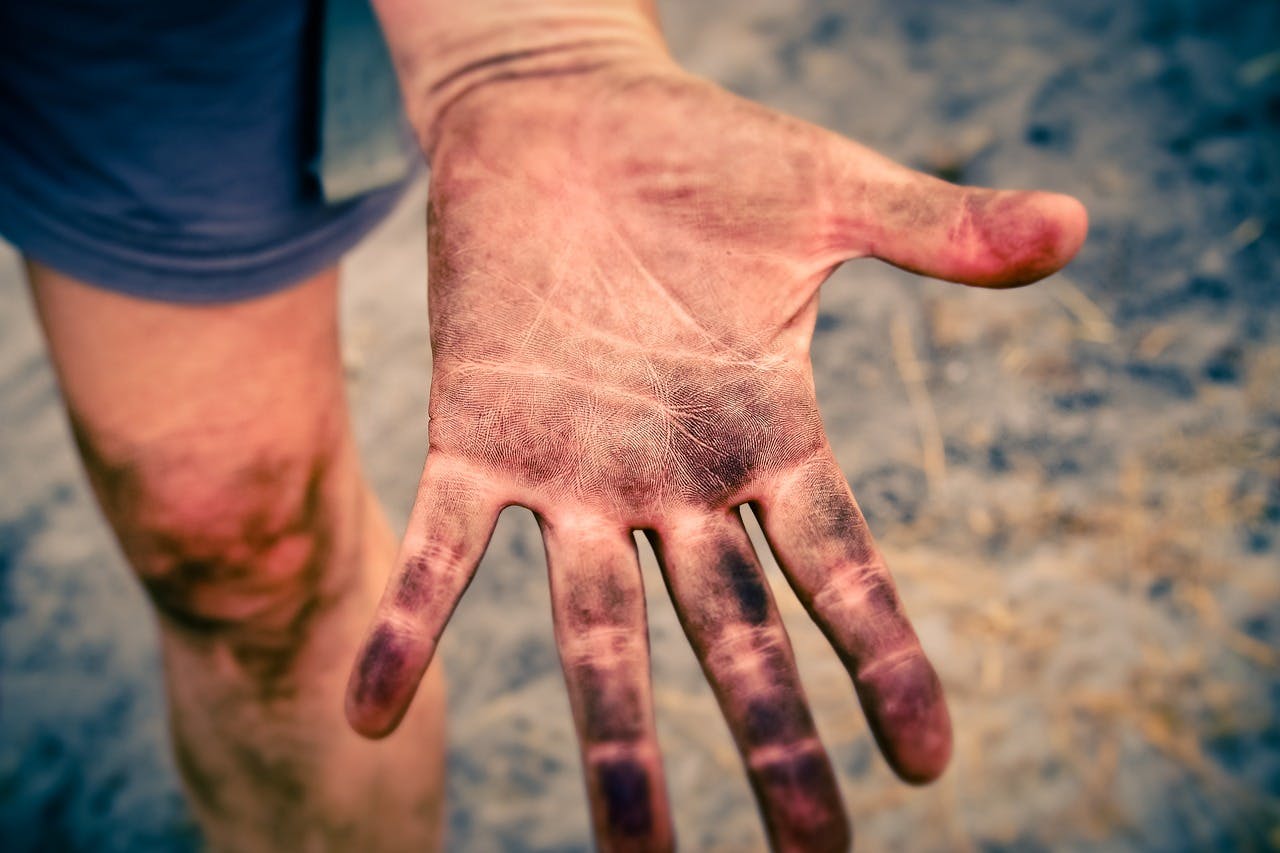If you’ve ever been to the gym, you’ve probably seen stickers warning patrons of “pinch points,” where your fingers can easily get caught between two moving objects.
This concept of pinch point safety isn’t just exclusive to the weight room — workplaces can be rife with these potential hazards that can cause life-threatening injuries to your employees.
Recognizing the importance of pinch point safety is a crucial step in creating a secure environment. Being able to spot these hazards and preparing for them proactively is the best way to avoid incidents. Let’s delve deeper into understanding pinch points and what businesses can do to mitigate their risk.
What Are Pinch Points?
The Occupational Safety and Health Administration officially defines the term: “any point other than the point of operation at which it is possible for a part of the body to be caught between the moving parts of a press or auxiliary equipment, or between moving and stationary parts of a press or auxiliary equipment or between the material and moving part or parts of the press or auxiliary equipment.”
Just as they sound, pinch points are places where body parts such as fingers and toes are likely to get caught and “pinched.” Going back to the weight room example, any place where the weights collide with the machinery is a place where fingers might get smashed and injured.
In a work environment, fingers might get caught on a closing hatch or when two cogs move together and pinch at a contact point. These hazards are created during work operations, so they can be difficult to spot.
While some minor pinches can cause bruising and broken bones, more severe ones can impact the whole body and even be life-threatening. There have been reports of workers being permanently disabled by pinch points on the job site. This underscores the critical need for stringent pinch point safety measures to protect employees from such devastating injuries.
What Kind of Pinch Points Exist?
Pinch points often occur between two moving objects, such as part of a moving crane or pulley system. Some ways to avoid injuries in this sense and ensure pinch point safety are:
- Never touch dangerous parts of a machine while it’s still running.
- If maintenance is necessary, disconnect and turn off the machine beforehand.
- Watch where your feet and hands are at all times, especially during the operation of machinery.
- Ask employees never to have loose clothing, hair, or accessories dangling when working with moving parts.
Pinch points can also occur between a moving object and a stationary surface. These points often occur whenever moving vehicles like trucks or forklifts.
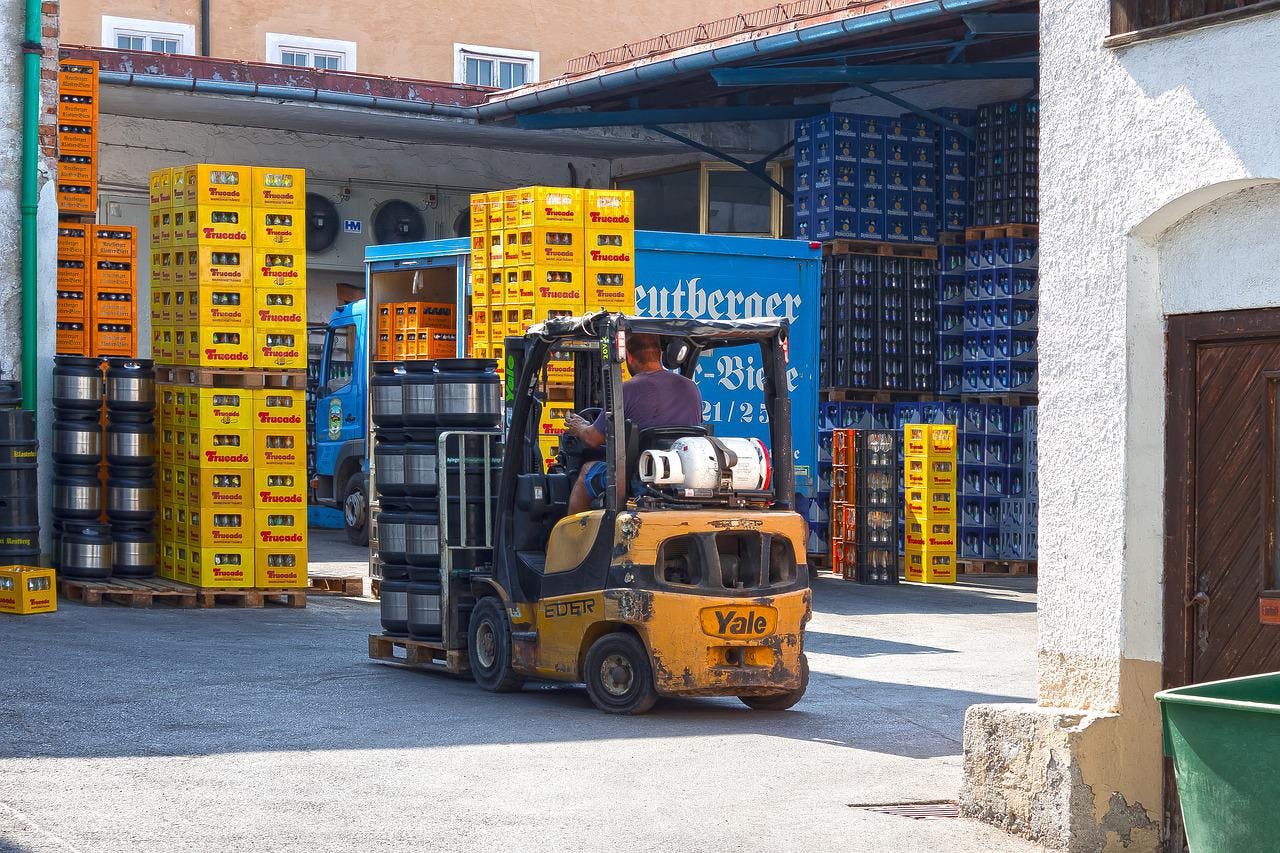
How Do You Recognize Pinch Points?
Because pinch points only show up whenever parts are moving, you won’t be able to spot them until work is underway. That’s why staying diligent throughout the workplace is necessary to avoid injury.
Workers in construction and manufacturing have to be especially aware of pinch points, as they occur often during the use of:
- Presses
- Rollers
- Assembly lines
- Powered doors
- Heavy items
- Forklifts and other moving vehicles
Be vigilant when the workday starts. Ask yourself how the day’s tasks will be carried out, what machinery will be involved, and what parts you expect to be moving. Think about how employees will be interacting with the machinery during the day and ways in which pinch points can pose a hazard.
How Do You Mitigate the Risk of Pinch Points?
Management teams address inherent hazards in the workplace first by determining whether they can be removed entirely or at least replaced with less dangerous components. Failing that, some mitigation strategies include:
- Personal protective equipment (PPE): Gloves, arm guards, and other protective equipment is key to defending against pinch points. Require workers to wear them whenever possible.
- Physical barriers: You can also add guards to the machinery itself to block off access to potential pinch points. Similarly, make sure the machines have an emergency stop that automatically detects whenever pinches are occurring.
- Thorough inspections: Before the work starts, take an inspection of all possible pinch points and post signs warning employees of them.
Of course, you need to get your employees in on your efforts. Let them know about the potential dangers of pinch points so that they too can keep a keen eye out for them.
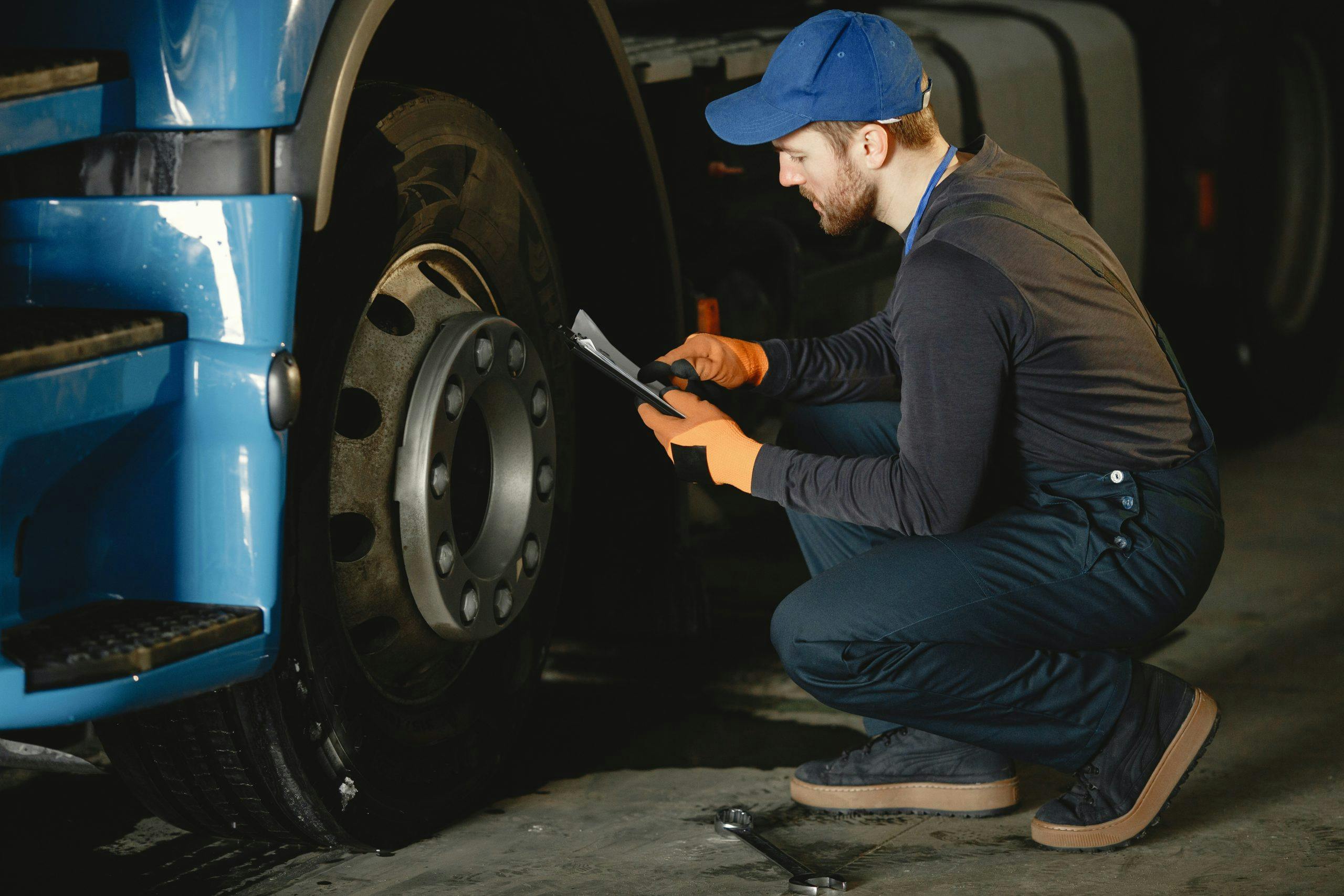
Stop Hazards Before They Happen with monitorQA
Whether we’re talking about pinch points, fire hazards, or other workplace accidents, risk management is key to avoiding potentially dangerous incidents.
The best way to ensure pinch point safety proactively is to host regular audits and safety inspections to identify, document, and optimize potential hazards before they become a problem.
Are you looking for an easier way to manage health and safety within your organization? monitorQA is a mobile inspection platform that helps companies stay in control of health and safety through a powerful, feature-rich inspection platform that tracks corrective actions, improves training, and more.
Start your free monitorQA demo today and see how your business is doing when it comes to tracking and improving health and safety.
last modified:09.17.24
Recent Posts
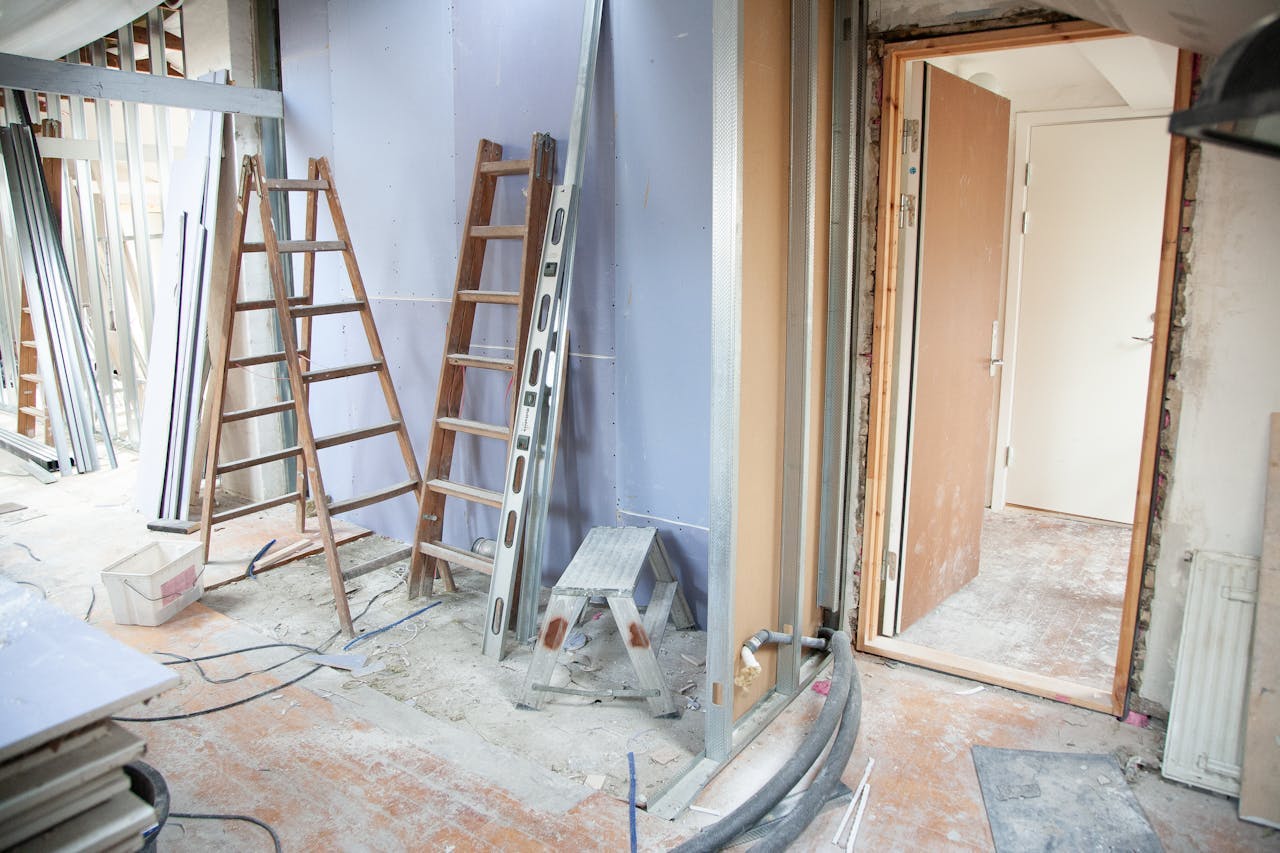
OSHA Ladder Safety 101: How to Meet OSHA Standards and Keep Your Workers Safe

Car Wash Safety: Regulations & Best Practices You Need to Know
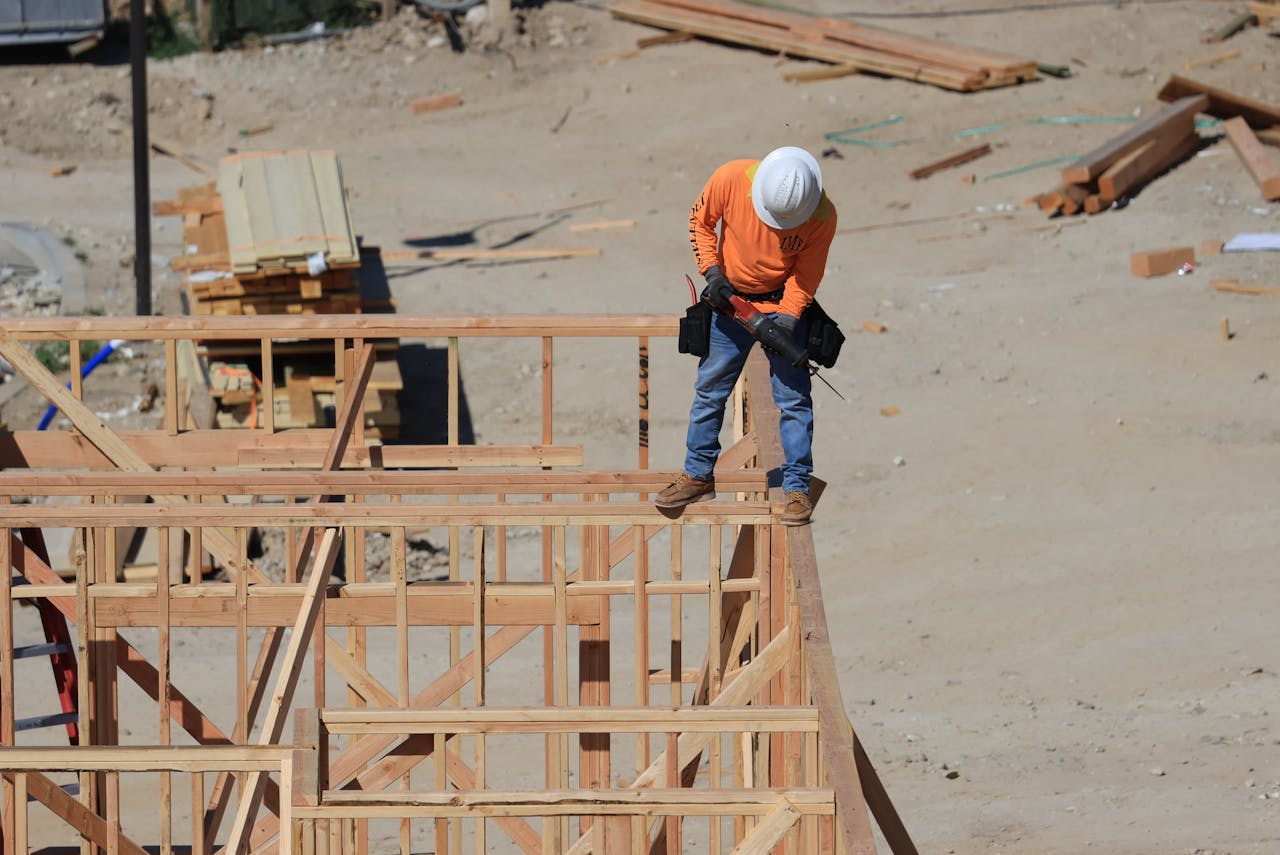
Fall Hazards At Work: How To Keep Your Employees Safe
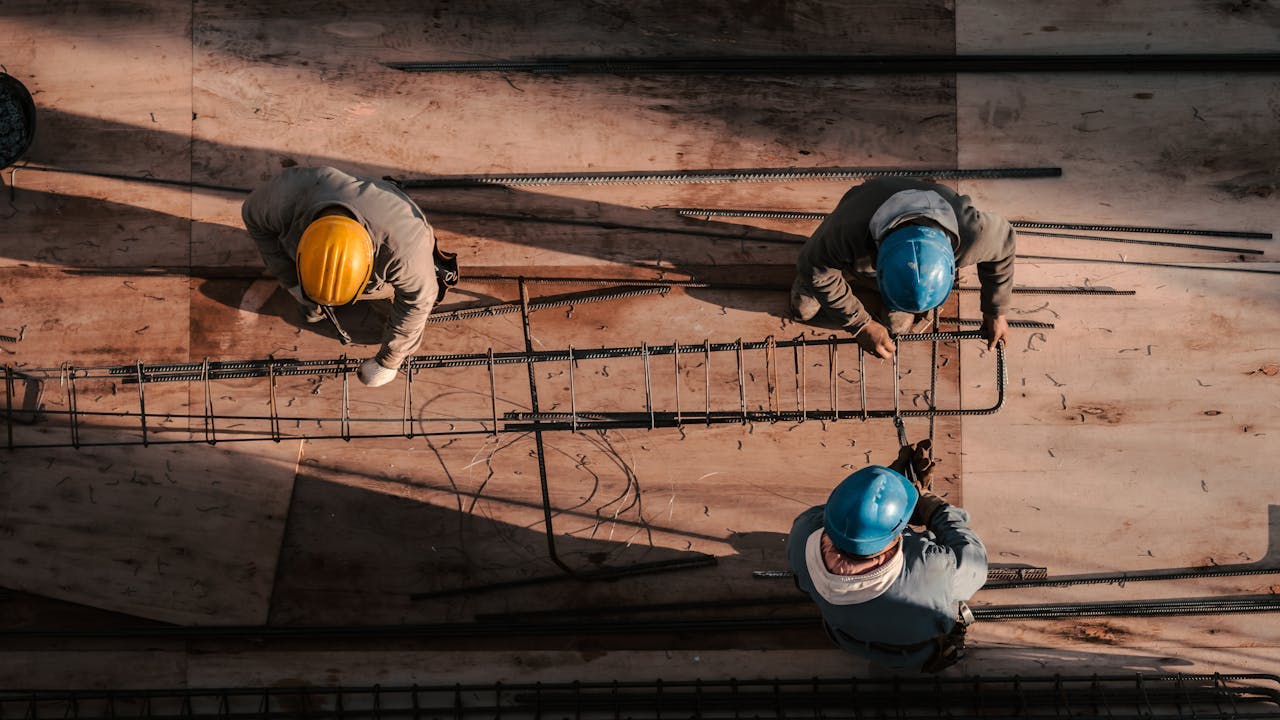
The High Price of Neglect: OSHA Violations and Penalties

Expert Advice on Preventing Workplace Electrical Hazards
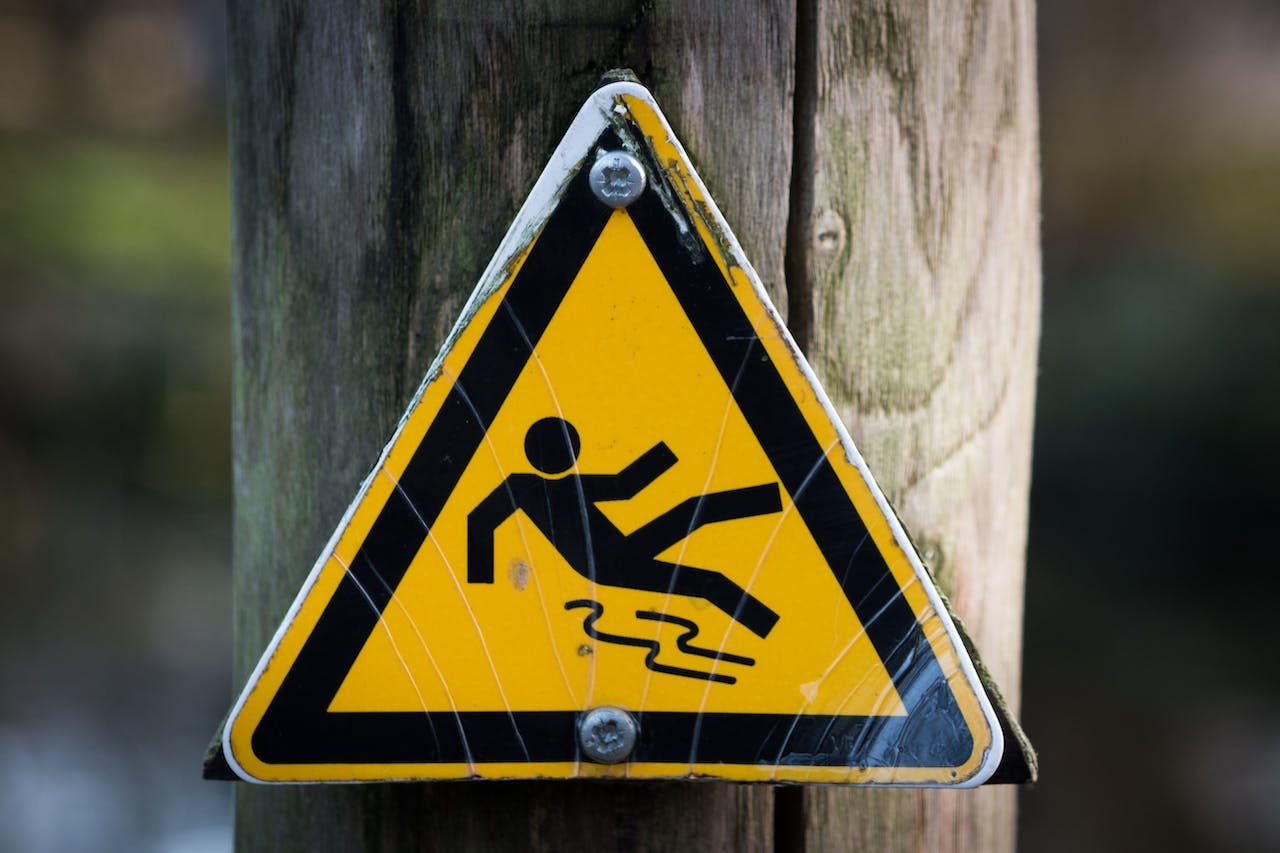
Slips, Trips and Falls in the Workplace: Best Practices

HSEQ Audit: The Complete Guide

Keeping Up With Compliance Trends 2024
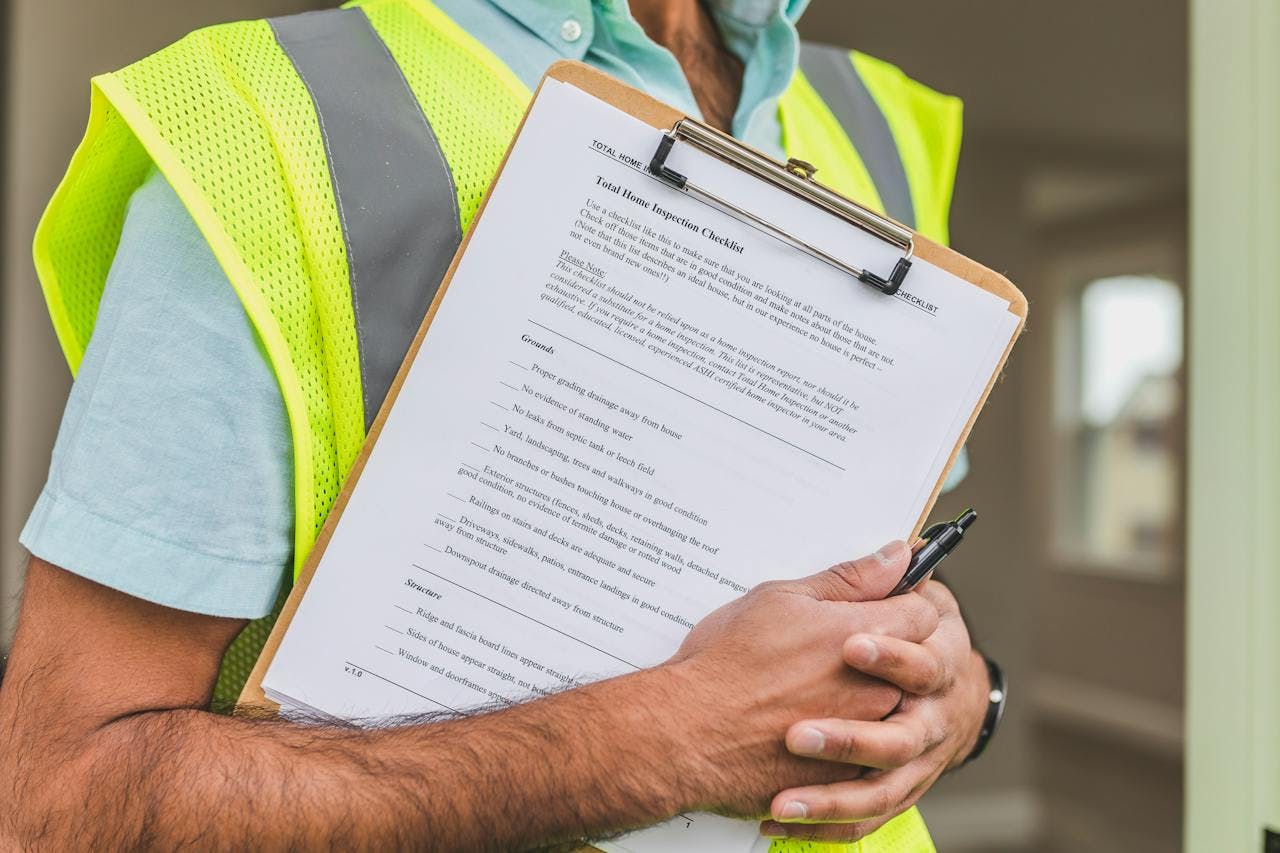
Improve Safety: Inspection Management Software Benefits

Promoting Safe and Productive Working Environments: Occupational Health & Safety Tips to Consider
